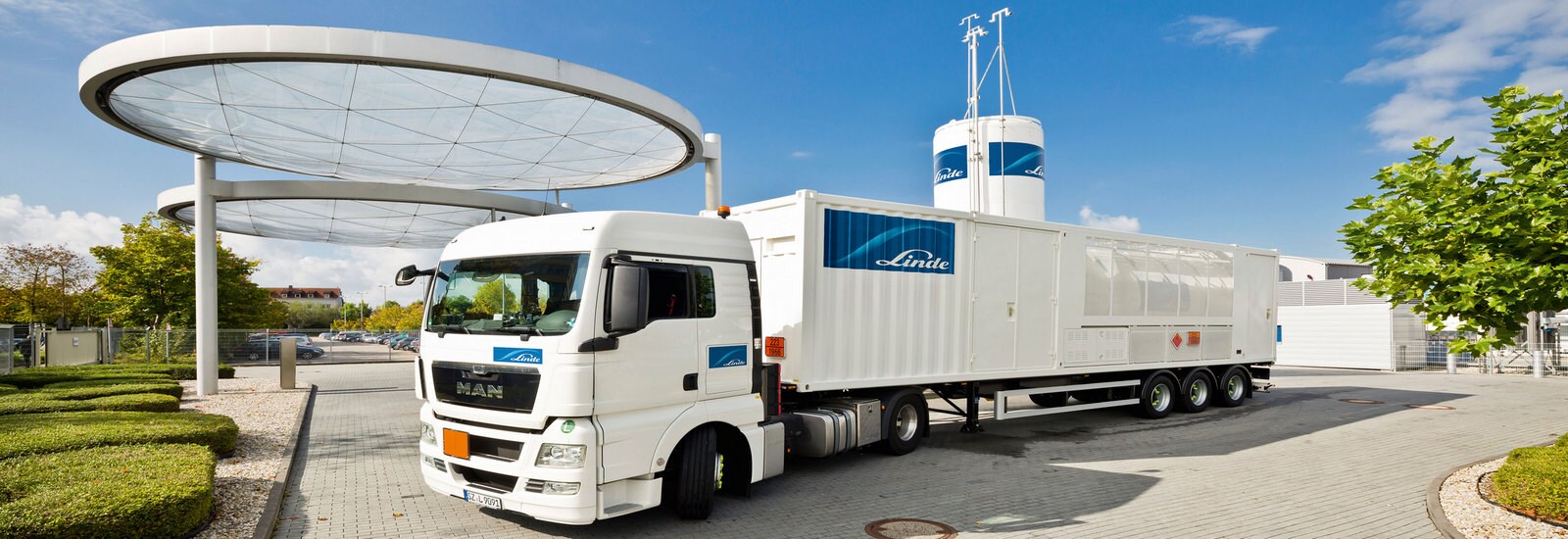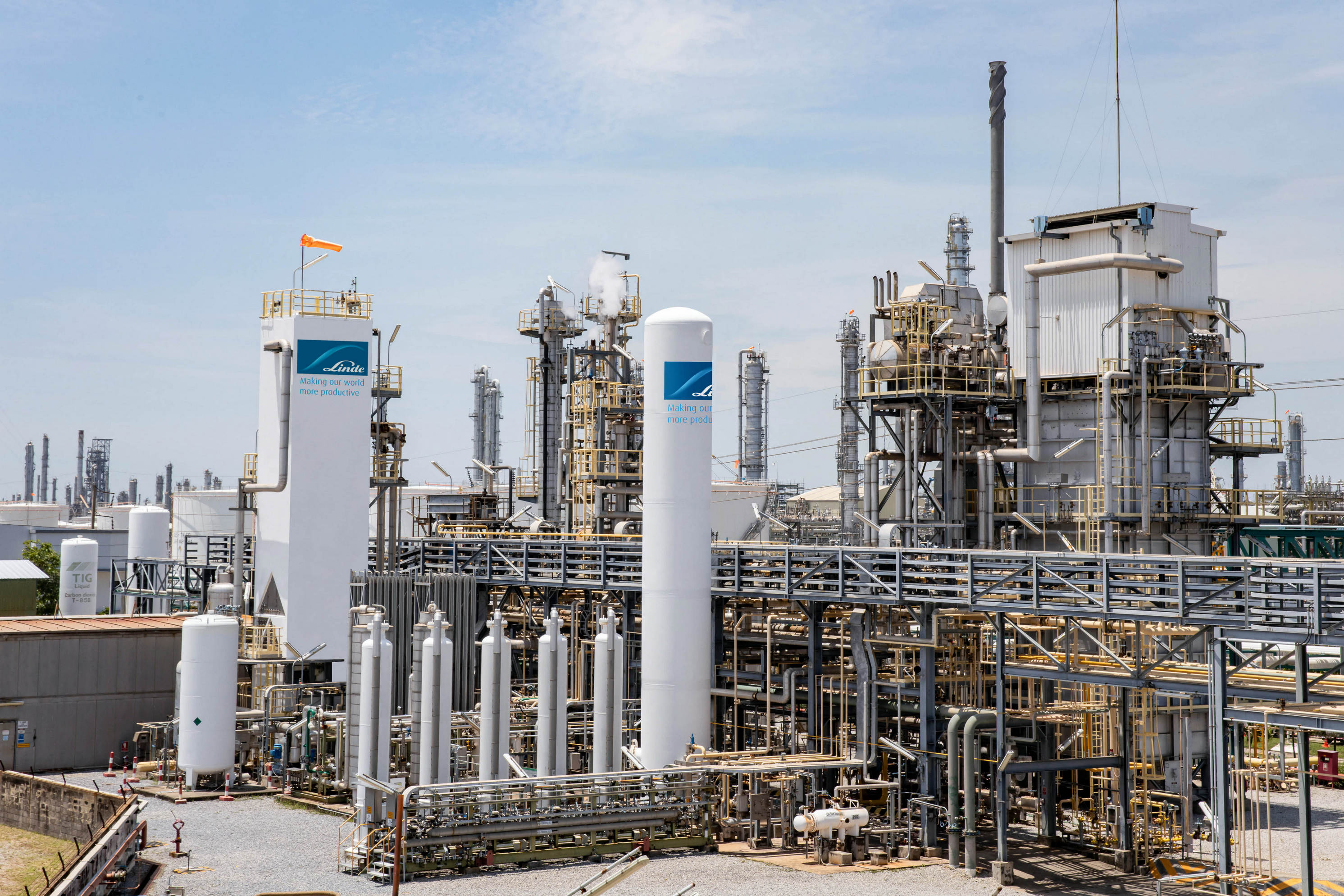Hydrogen from Source to Service
Clean Hydrogen for Today's World

Hydrogen Production
Linde has been harnessing the power of hydrogen for over 100 years and is the global leader in the production, processing, storage, and distribution of hydrogen. Hydrogen is the most abundant element in nature. Even though it is the simplest molecule (consisting of two protons and two electrons held together by electrostatic forces) hydrogen is a powerful energy carrier. Today hydrogen is primarily manufactured industrially by conventional steam methane reformation (SMR) of hydrocarbons or partial oxidation of carbon-based energy sources. With the growth and availability of alternative, low carbon-based energy sources, in combination with low carbon production processes, industrial quantities of hydrogen can be produced with a low carbon intensity.
A Range of Hydrogen Carbon Intensity
Gray
Conventional steam methane reforming (SMR) where natural gas is separated into its components is a mature, efficient and reliable production resource. Carbon dioxide is emitted during the production process leading to a carbon footprint for the hydrogen produced. In the industry, hydrogen produced from natural gas or petroleum where the carbon dioxide emissions are not captured is referred to as grey hydrogen.
Blue
Converting natural gas into hydrogen and carbon dioxide through traditional SMR but in combination with carbon capture or sequestration provides the potential for lowering the CO2 emissions. When the carbon dioxide produced is captured and stored this results in hydrogen with lower carbon intensity and is identified as blue hydrogen.
Green
When the energy for liquefaction of hydrogen uses power derived from renewable energy sources like wind turbines, solar panel arrays or hydro-electric facilities in combination with electrolysis, there is no emitted carbon dioxide from the electricity production. Electrolysis splits water into its components producing hydrogen and oxygen. Combined with low-carbon power, electrolysis can be used to produce hydrogen without any carbon emissions. This hydrogen is categorized on the color scale as green.
Our Expertise
Today, Linde has the largest liquid hydrogen capacity and distribution system in the world. We also operate the world's first high-purity hydrogen storage cavern, coupled with an unrivaled pipeline network of approximately 1,000 kilometers to reliably supply our customers. With close to 200 hydrogen refueling stations and 80 hydrogen electrolysis plants worldwide, we are at the forefront of the energy transition. Our expertise covers the entire hydrogen value chain from production to application.

Linde’s HyCO (Syngas) plants are built to your requirements for hydrogen and CCU process requirements. With the sustainable technology which integrated CCU process technology for today, Linde can provide low carbon hydrogen to Thailand ‘s refinery and petrochemical complex with sustainable products of hydrogen and carbon monoxide. This is today’s solutions for tomorrow’s Thailand sustainable industries.

